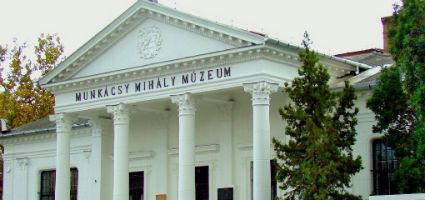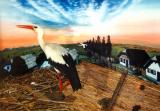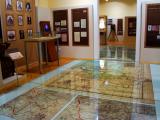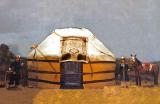2025. July 8. Tuesday
Mihály Munkácsy Museum - Békéscsaba
 |
Address: 5600, Békéscsaba Széchenyi u. 9.
Phone number: (66) 323-377, (66) 328-040
E-mail: mmm@bmmi.hu
Opening hours: Tue-Sun 10-18
|
The Museum Association of Békéscsaba founded in 1899 established the institution. The museum collected archeological, ethnographic, fine art, historic, numismatics, applied art, natural sciences and paleonthological relics.
In 1910, the patrons of the museum commissioned the architect Wágner József to build a new home for the large collection. The Neoclassicist building still the home of the collection was opened in 1914. The museum was named after Munkácsy Mihály (Munkács 1844-Endenich 1900) who spent his childhood in Békéscsaba.
The institution now holds over 170 000 archeological, 10 000 ethnographic, 5500 fine art, 4500 historic objects and thousands of relics of natural sciences. The historic archives made up of 37 000 pieces and 50 000 photos is also significant.
The relics collection of Munkácsy Mihály is among the most important acquisitions. It includes his personal belongings, photos of his life, works, models, writings and his ornithological collection.
In 1910, the patrons of the museum commissioned the architect Wágner József to build a new home for the large collection. The Neoclassicist building still the home of the collection was opened in 1914. The museum was named after Munkácsy Mihály (Munkács 1844-Endenich 1900) who spent his childhood in Békéscsaba.
The institution now holds over 170 000 archeological, 10 000 ethnographic, 5500 fine art, 4500 historic objects and thousands of relics of natural sciences. The historic archives made up of 37 000 pieces and 50 000 photos is also significant.
The relics collection of Munkácsy Mihály is among the most important acquisitions. It includes his personal belongings, photos of his life, works, models, writings and his ornithological collection.
|
Programmes
|
|


